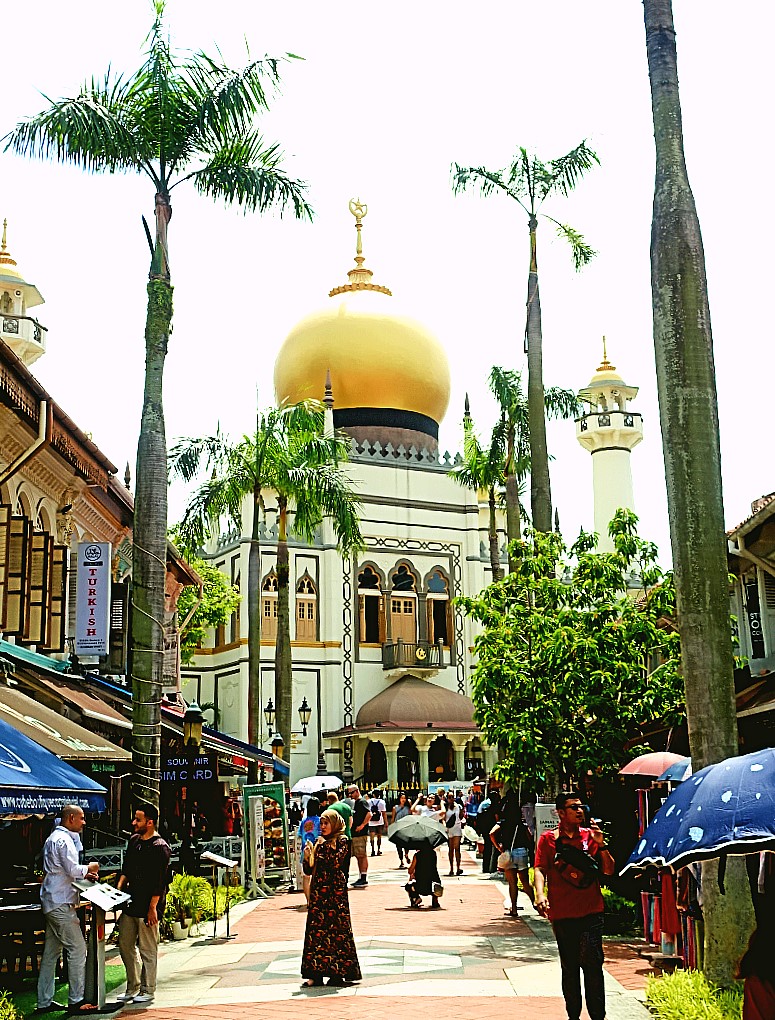History Of Kampong Lorong Buangkok
The fact that Kampong Lorong Buangkok has managed to even survive fascinates many people. Tucked away in some corner of Yio Chu Kang a quaint little village thats so near yet so far from urban civilisation far from the maddening crowd.

Kampong Buangkok History Of Singapore Singapore Photos Singapore
Established in 1956 Kampong Lorong Buangkok is the last surviving kampong on mainland Singapore.

History of kampong lorong buangkok. Kampong villages where many local folks or residents who lives in this peaceful. In the olden days news was spread through word of mouth carnivals took place at the backyards and entertainment often started with the burning sound of kerosene lamps. Kampung Lorong Buangkok - Future uncertain.
In just five decades the city-state has beco. Bring along your friends families and loved ones for a kampong experience Kampong Buangkok is known as the last village in Singapore Book this tour and find out how Kampong Buangkok has evolved over the past years from village houses to high rise houses Kampong Buangkok is complimented by its nature and beautiful green scenery. Re-examining definition of Culture Traditions and Identity.
Idyllic and serene Kampong Lorong Buangkok is a bite-sized chunk of Singapores history with an uncertain future. THE HISTORY OF KAMPUNG LORONG BUANGKOK During the 20th century the land on which the kampung rests on experienced plenty of flash floods. It is located in the north eastern region at Lorong Buangkok in Hougang surrounded by condominiums Housing Board Development HDB estates as well as private estates.
Kampong Lorong Buangkok sometimes styled Buang Kok1 located off Sengkang East Avenue is the last rural village on mainland Singapore. Lorong Buangkok was originally a swampy area. Kampong Lorong Buangkok is the last surviving village in mainland Singapore.
Step into the village we have recreated and be transported into a. Seemingly forgotten by the modernization of Singapore Kampong Lorong Buangkok has withstood the test of time to become the last remaining kampong village in mainland Singapore. Originally a swamp Chinese medicine seller Sng Teow Koon bought over the land in 1956 and rented out small plots of it to families.
Nestled here on three acres of verdant land is Kampong Lorong Buangkok Singapores last surviving village where remnants of the 1960s are alive and well. Kampong Buangkok is the last surviving traditional village on mainland Singapore. The village sits on land that was previously a swamp which might go a long way to explaining its other name Kampong Selak KainThe latter two words selak and kain refer to lifting up the long skirt commonly worn by Malay natives during rainy days.
In Singapore Kampong Lorong Buangkok is the last remaining village or kampong on the mainland. Subscribe to our YouTube channel here. Amidst Singapores concrete jungle lie Kampong Lorong Buangkok a small village that have become a popular attraction in recent years for its seemingly magical ability to resist the.
Kampong Lorong Buangkok The Last Kampong in Mainland Singapore exploringsingapore is exclusive ExplorerSG mini series where we reveal some of the lesser-known places facts and history of Singapore. The closely-knitted kampong went through the racial riots of the sixties. It has come under threat of having to make way for urban redevelopment as indicated in the Urban.
Exploring the emotions around development. Met with one of the Malay residents there. Originally a swamp the land was purchased by a traditional medicine seller Sng Teow Koon in 1956.
Professional Theatrical Casts to do the storytelling and facilitation of the Tour. As the city-states wealth grew its landscape also evolv. Thus apart from being known as Kampung Lorong Buangkok this kampung also earned the name Selak Kain as people would hitch up their sarong skirt to wade through the floods.
He was reminiscing about the good old days when the kampung was a lot more alive. In 1956 a traditional Chinese medicine seller named Sng Teow Koon bought a piece of land at Lorong Buangkok and rented it to several Chinese and Malay families which gradually formed a kampong over the years. Kampong Lorong Buangkok has a rich history heritage since and one of the last surviving kampongs in Spore and the swampy areas and hilly roads as well as thick forests that was once of my late grandmas kampong was like that living in this areas for decades.
Singapore only gained independence in 1965 but it is already the most expensive city in the world. Reduced to around half its original land area plans to urbanise this area with schools and roads were put on hold when a proposal to conserve the area was floated in 2015. Originally a swamp land was rented out to Malay and Chinese families for them to build their houses.
The houses connected by dirt roads are mostly made of wood with zinc roofs. Located near Gerald Drive off Yio Chu Kang Road the kampong currently houses less than 30 families Malays and Chinese mixed with harmony. Small plots were rented out to Malay and Chinese families for.
Built in 1956 before Singapores economic boom Kampong Lorong Buangkoks 28 dwellings are home to families who live differently from nearly everyone else in the city-state. Kampong is the Malay word for village and at one time Singapore was dotted with kampongs but as Singapore has grown and developed these have all been lost all that is except this one. Understand the oral history of Kampong Lorong Buangkok.
The kampong was built in 1956 and is still a privately owned piece of land. Sng Teow Koon a traditional Chinese medicine seller purchased the land in 1956. Httpsscmp2kAfuvJSingapore is known for its rapid urban development.












